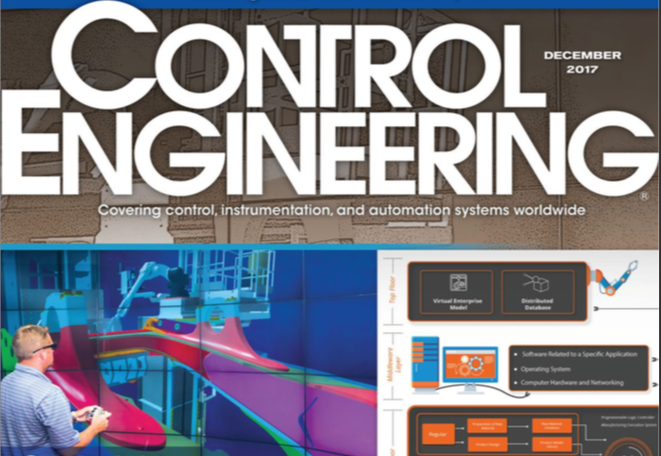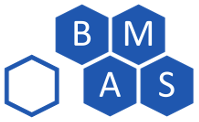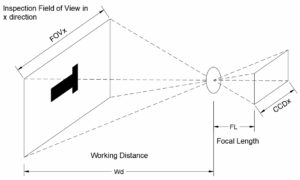
Using a virtualization approach can save time, money, and resolve backup and recovery issues
The proliferation of smart devices, software tools, and networks has created many new opportunities in the world of automation and controls, but also has caused a lot of clutter on computers. Sometimes new software and features are celebrated and other times cursed. One thing that’s always true is that the controls engineer will have one more piece of software to manage (that is, another install, another license, another backwards compatibility concern, and another tool to keep in the support toolbox for the next 10 to 20 years). This isn’t likely to change any time soon, so it’s important for an engineer to have a system that minimizes the management of these new developments.
Managing software with virtualization
Plenty of software management concerns exist beyond the sheer number of applications such as: What happens if my laptop breaks? What would it take to support this automation 10 to 20 years from now? Will antivirus or user account control interfere with this installation? Is this 32-bit (or 16-bit application compatible with my operating system (OS)? How many days will this take to install? Controls engineers commonly will keep a stack of old laptops under their desks to keep backwards compatibility and access to older OSs, but that’s obviously a gamble (old laptops aren’t known for reliability and can be a cybersecurity risk), and it doesn’t scale very well into the future. It’s more of a workaround than a real solution to the software management that is needed.
Controls engineers can use virtualization to help manage software. Virtualization is usually thought of on an enterprise scale, where virtual machines (VMs) dwell on servers and provide certain functionality across a network, like supervisory control and data acquisition (SCADA) systems. Controls engineers, on the other hand, usually benefit the most from local virtualization, where the VM dwells on a laptop.
The benefits of a virtual machine
A VM is a computer where all hardware—hard drive, random-access memory (RAM), central processing unit (CPU), and network card—is not physically present but made to appear so with software. Now imagine if instead of saving those old laptops under a desk, what if they were saved digitally? Virtualization disconnects software from hardware that may be fragile or lacking a compatible power supply. Virtualization allows migration to go from being hardware – dependent to hardware-free. A laptop can run old software and new software, and each VM quickly can be backed up and restored.
Without ties to hardware, other benefits arise. A VM, stored on a laptop as a group of files, can be copied to network storage as a backup, or shared with colleagues, preventing the need to install all the same software. A VM also creates a separation between the programming environment (the VM) and the host environment (the laptop’s OS and applications), which means antivirus, user account control, and operating system software updates aren’t typically needed in the VM, where they might interfere with the programming software.
The cost of virtualization can range from free to a few hundred dollars. Costs might include virtualization software (“hypervisor” $0 to 250) and laptop hardware upgrades if already marginal ($0 to 300). What’s more important, and harder to measure, is time. Time will be spent in the implementation and management of a virtualization approach, however, a lot of time will be saved once virtualization is in place.
Get the team together and understand the organization’s software needs. Learn from other organizations already using VMs and leverage their experiences to help develop a process. If possible, get some quick-start training on virtualization to ease the implementation process.
With current industry trends, there’s no end in sight for the software burdens on control engineers. Virtualization is an approach that many have employed to keep access to older software, enhance backup and recovery, save time by sharing, and stay secure without interfering with work.Want to know more about using VMs for industrial automation? Check out our free video course here!

About the Author
Jon is an engineer, entrepreneur, and teacher. His passion is creating and improving the systems that enhance human life, from automating repetitive tasks to empowering people in their careers. In his spare time, Jon enjoys engineering biological systems in his yard (gardening).







